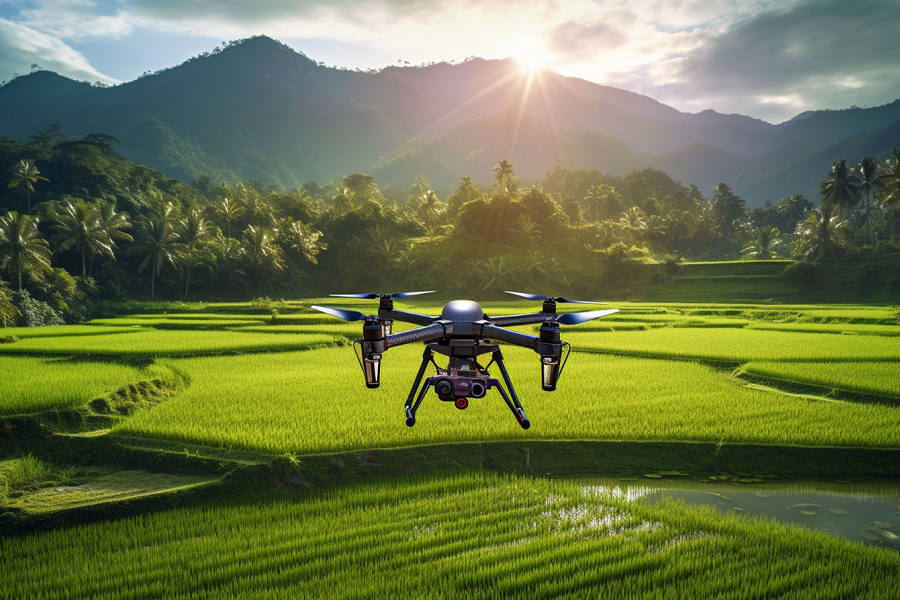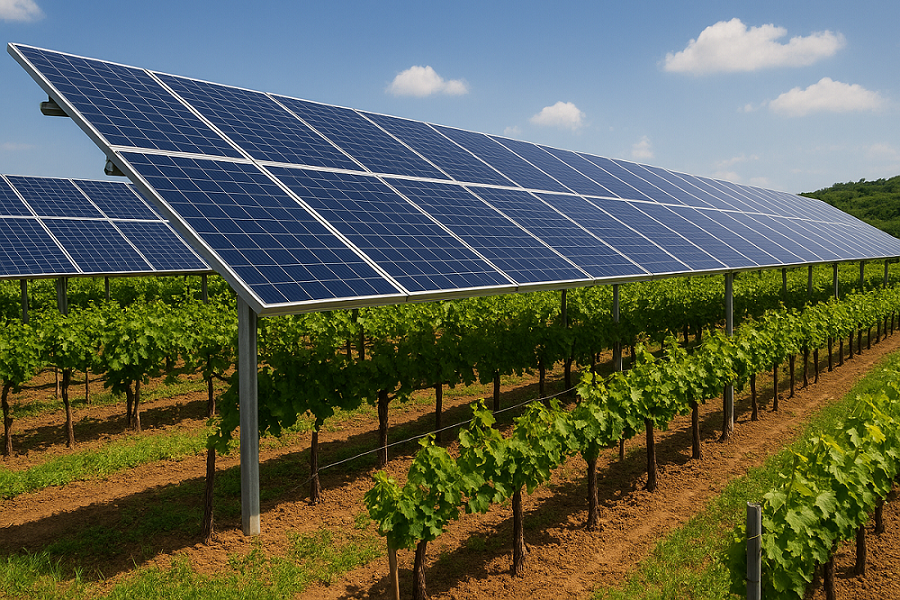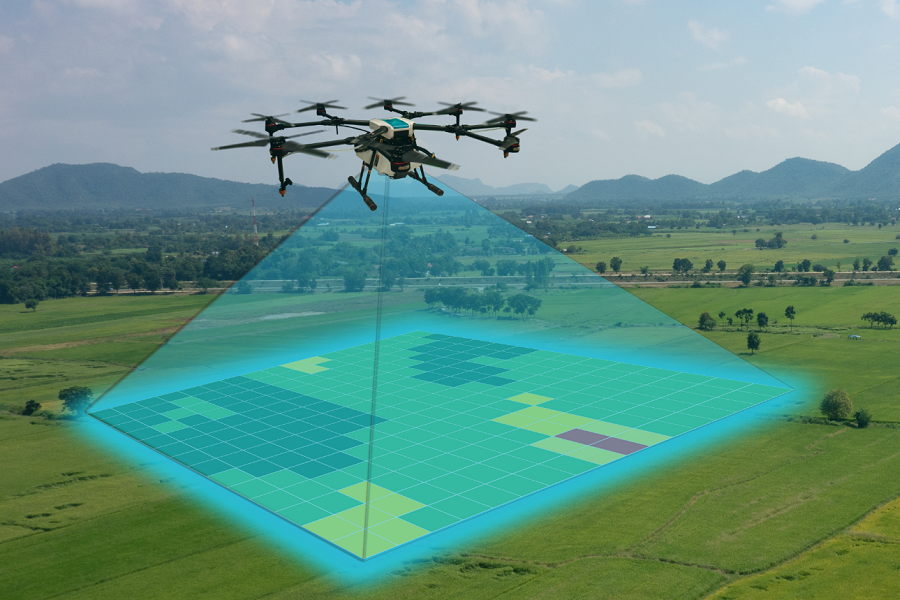by Antonio Donnangelo
Share

Introduction
In the heart of Cilento, an area that holds centuries-old olive trees, changing witnesses to local history and culture, an ambitious project has been carried out that marks an interesting development in olive farming.
The focus of the iOlive project, an EIT Food-funded project, has been on optimizing spray volumes of foliar fertilizers and biostimulants to provide farmers with a digital, intuitive and quick tool to improve spray volumes. The accurate use of these substances, combined with the use of advanced Precision Agriculture tools, promises to reduce environmental impacts, improve product quality and increase the overall efficiency of olive farming.
Project Description.
The project was carried out at the farm Cilento Farm House, located in the picturesque village of Celso, in the municipality of Pollica, where it covers an area of 24 hectares. These lands are home to Mature olive trees, with an estimated age of more than 50 years, arranged in a free sixth.
Since 2022, the farm has initiated a process of structural reform of the olive tree canopies, moving from the traditional globe shape to the more modern polyconic vase shape. This transformation, although applied to only a portion of the olive trees present, reflects the farm’s determination to pursue effective and up-to-date agricultural practices. However, some plots have retained the globe shape due to specific farm decisions.
Two separate areas of the olive grove were involved for the project: one with globe-grown olive trees and the other with plants conducted in the polyconic pot form. A total of 40 plants were involved in the trial, with 20 plants (10 test, 10 control) in each of the two areas (Fig. 1).

Fig.1: Location of the test olive groves of the iOlive project.
The field surveys
The project began with a detailed survey of the olive groves using a drone flight equipped with a visible camera (RGB), thus creating a “digital twin” (3D point cloud) that included the plants and the surrounding terrain. This approach provided a comprehensive view of the olive grove structure and plant arrangement (Fig. 2).

Fig.2: Digital twin of the test olive groves obtained by drone flight.
Next, two surveys were conducted at different phenological stages with the iAgro app: one at the end of May and one at the end of July. During these surveys, all olive trees were scanned to obtain a high-precision digital twin of them (Fig. 3), which was then used to estimate biometric parameters (thickness, height, crown volume, LAI and TRV). Finally, thanks to these, the app provided precise indications of the optimal dose of distribution volumes.

Fig.3: Digital twin of an olive tree scanned with the iAgro app.
In the control zone, a standard dosage of 1,000 liters per hectare was used for spraying biostimulants, while in the test zone, the app-recommended dosage was followed, based on data collected through scans. Prescription maps generated by the app enabled targeted and specific distribution of products based on the characteristics of each plant (Fig. 4).

Fig.4: Prescription maps generated by the iAgro app (May survey) on the two test groves showing the liters dispensed in each test (AT, BT) and control (AC, BC) zones. In the control zones, the fixed volume of 1000 liters per hectare was dispensed.
Effectiveness of variable rate treatments (VRT)
Comparison of standard and recommended dosing by the iAgro app revealed the effectiveness of the technology in optimizing resources, with significant results. The iAgro app reduced water use for irrigation of biostimulants by up to 80%, providing significant savings in water resources (Tab. 1).

Tab.1: iOlive project results: comparison of fixed-rate and variable-rate spraying.
Conclusions
The iOlive project showed how the targeted use of innovative technologies can revolutionize the management of olive farming, highlighting the value of these resources in optimizing the production process. In fact, the iAgro app played a key role in rapidly differentiating vigor variations among olive grove plants, enabling a better distribution of resources. In fact, the maps generated by the app made it possible to precisely manage product spraying, helping to maximize the overall efficiency of the farm and optimizing the use of available resources.
The significant reduction of up to 80 percent in water use represents a significant success in terms of environmental sustainability and economic viability. In a context where the efficient management of water resources is crucial, such as for olive growing in the Mediterranean basin, the adoption of precision systems such as iAgro can assume high importance for farmers.
The results obtained from this study have a direct impact on agricultural practices, providing farmers with an indispensable tool for more precise and sustainable management of olive groves. This innovative project paves the way for a promising future for olive farming, in which environmental sustainability and product quality go hand in hand with the well-being of farming communities.




